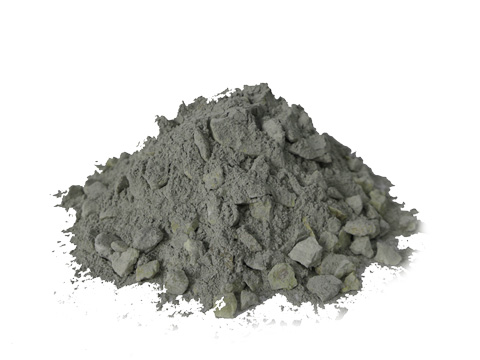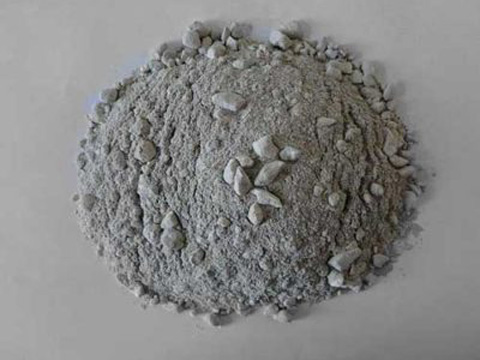The oven-drying is a vital link after construction and before the operation of high alumina castable. The oven-drying directly determines the future service life of the kiln. When the high-aluminum castable is in the oven-drying, the oven-drying should be prepared, the oven-drying time must be controlled, and the furnace heating curve, etc., all need to be operated under strict conditions. Irregular operation of the oven-drying may cause engineering quality accidents such as cracks in the castable.

Is it normal for the castable to have cracks after the oven-drying? What are the reasons?
Under normal circumstances, after the oven-drying is finished, the kiln can operate normally after passing the project acceptance, and the castable can reach its own performance within the use temperature range. There are three main reasons for the cracks in the castable after the oven-drying.
- The amount of water added is not well controlled when the high-aluminum castable is wet mixed and stirred. Adding too much water leads to insufficient bonding of the castable, which causes the castable to fall off. Adding too little water will greatly weaken the performance of the castable. Therefore, the amount of water added must be added in proportion and strictly in accordance with the instructions on the instructions.
- When curing high-aluminum castables, the curing time is not enough, resulting in the failure of the strength of the formed castables. Under normal circumstances, when the temperature is higher, the curing time of the castable is 24 hours. In colder winters, the curing time of castables is 48 hours. Due to the low temperature, a small amount of coagulant will be added to speed up the setting speed of the castable.
- When the castable is in the oven-drying, the temperature rises too fast. When the castable is in the oven-drying, the boiler heating curve must be controlled. When drying the furnace, the construction personnel will often formulate the furnace curve according to the boiler situation. In the oven-drying, strictly control the heating temperature to avoid the phenomenon of rapid heating and rapid cooling.
After baking, if the cracks in the castable are not obvious or serious, it needs to be checked in time and repaired with the same castable. If the crack is large or the castable falls off, the construction personnel need to make a solution to the problem. And it needs to be repaired with new castable.
The oven-drying after the construction of the high-aluminum castable is a very important factor. Similarly, when purchasing castables, how to purchase high-quality high-aluminum castables is also very important.

How to distinguish the quality grade of high aluminum castable?
High-alumina castable is the most used castable among refractory castables. The quality grades of high-aluminum castables produced from different raw materials are not the same.
How to distinguish the quality grade of high aluminum castable? By the manufacturer, there are many methods, the most important of which is to distinguish from the aspects of aluminum content, body density, porosity, compressive strength, and load softening temperature.
First, it is the index of aluminum content. The higher the aluminum content of the high-aluminum castable, the higher the quality level of the castable. The high aluminum content indicates that the raw materials used have high purity and low impurities.
Body density is also an important indicator of the quality of high alumina castables. The higher the volume density, the higher the density of the high-aluminum castable, the higher the wear resistance and erosion resistance. The bulk density and porosity of high-alumina castables are also closely related to the composition of the raw materials.
The flexural strength at room temperature is the ability of high-aluminum castables to withstand bending. Moreover, flexural resistance plays a decisive role in high-temperature strength. The higher the purity of the raw material, the higher the bending resistance and the higher the temperature it can withstand. Therefore, the flexural strength is also a way to distinguish the priority of castables.
The compressive strength at room temperature can also indirectly show the wear resistance and impact resistance of high-aluminum castables. The higher the strength, the better the abrasion resistance, erosion resistance, and erosion resistance. The load softening temperature of high aluminum castables is also an item that cannot be ignored. The higher the load softening temperature, the lower the probability of deformation of the castable. The high softening temperature under load is sufficient to prove the structural strength of the castable under the conditions of use.
The performance indexes of aluminum content, bulk density, and load softening of high-aluminum castables are the best way to distinguish castables. When selecting high-aluminum castables, different grades of castables should be determined according to the use temperature and the degree of acid-base corrosion. This makes the best use of it, and also reduces costs reasonably.

